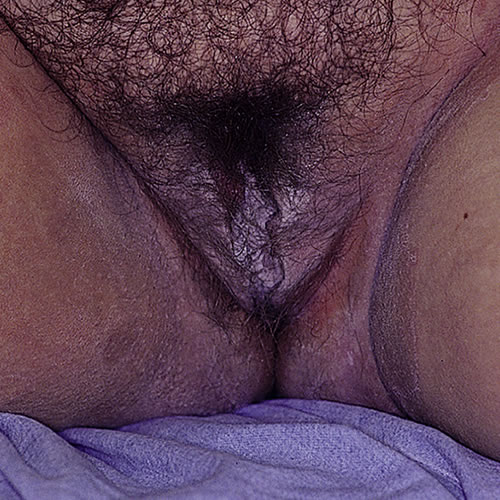Introduction
Dermatophyte infections1 are superficial fungal infections. In the groin, they present as a typical erythematous skin eruption with annular scaling margins. Synonyms for dermatophytosis are tinea cruris and ringworm.
Epidemiology
This condition is more common in men than in women and is usually found in young adults.
Etiology
It can be spread from a sexual partner or via auto-innoculation from tinea pedis by shaving infected toes, then the bikini line.
The organisms include Epidermophyton floccosum, Trichophyton rubrum, or Trichophyton mentagrophytes.
Symptoms and clinical features
An itchy irritated rash in the groin develops and spreads slowly over a number of weeks. It is worse in those wearing tight synthetic clothing.
The eruption is a well-defined, sharply marginated, pale red rash with a scaly border. It spreads peripherally with a typical annular pattern. In women, it is usually in the hair-bearing portion of the vulva, extends out into the inguinal creases and around the buttock area, and is often bilaterally symmetric.

Diagnosis
The clinical pattern alone can be diagnostic. Scale from the periphery is scraped off with the blunt edge of a #15 blade and put on a glass slide, followed by a drop of 10% potassium hydroxide (KOH), and then a cover slip. The typical, septated, branching hyphae then can be seen as the skin cells are cleared by the KOH. A scraping for culture, sent off to the lab, defines the exact organism.
The patient may have tinea pedis and onychomycosis at the same time there is a vulvar outbreak (the possible source of infection) and these will need treatment.
Pathology/laboratory findings
Clinician-performed microscopy. Biopsy will also identify fungal forms.
Differential diagnosis
Erythrasma, candidiasis, psoriasis, and contact dermatitis or lichen simplex chronicus (eczema). Depending on the clinical appearance, VIN and Paget disease should also be considered.
Treatment/management
Treatment for vulvar dermatophytosis
| Comfort measures, general treatment | Topical medication (useful for erythema and scale without pustules or papules)2 | Oral medication (useful for thick plaques, follicular involvement) |
|---|---|---|
| Keep area cool and dry. | Clotrimazole 1% twice daily x 14 days | Fluconazole 150-200 mg orally once a week x 3-4 weeks. Check for drug interactions |
| Wash with a triclosan solution (Tersaseptic), rinse well, pat dry. | Miconazole 2% twice daily x 14 days | Terbinafine (Lamisil) 250 mg orally daily x 2 weeks. |
| Loose clothing. | Ketoconazole 2% twice daily x 14 days | Itraconazole (Sporanox) 100-200 mg orally twice a day for one week. Watch for interactions with other medications. |
| Treat tinea pedis or onychomycosis if present. | Econazole 2% twice daily x 14 days | Ketoconazole (Nizoral) 200-400 mg orally daily x 2 weeks. May cause hepatotoxicity. |
| Put on socks before other clothing. | Terbinafine 1% twice daily x 14 days | Griseofulvin 500 mg orally daily x 2-6 weeks. (May cause nausea or headache). |
| Ciclopirox olamine 1% twice daily x 14 days Nystatin not effective! |